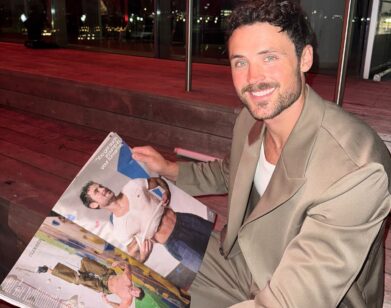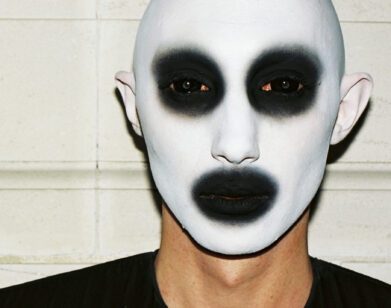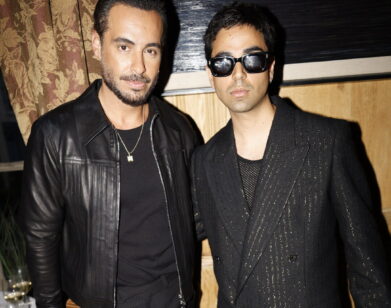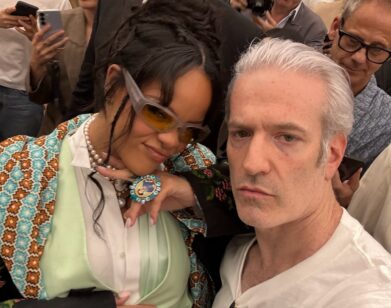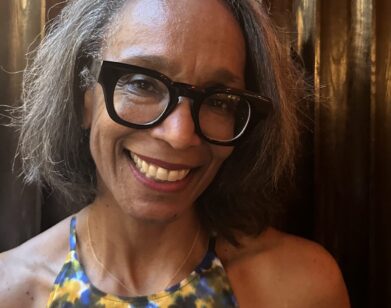Louie Chaban
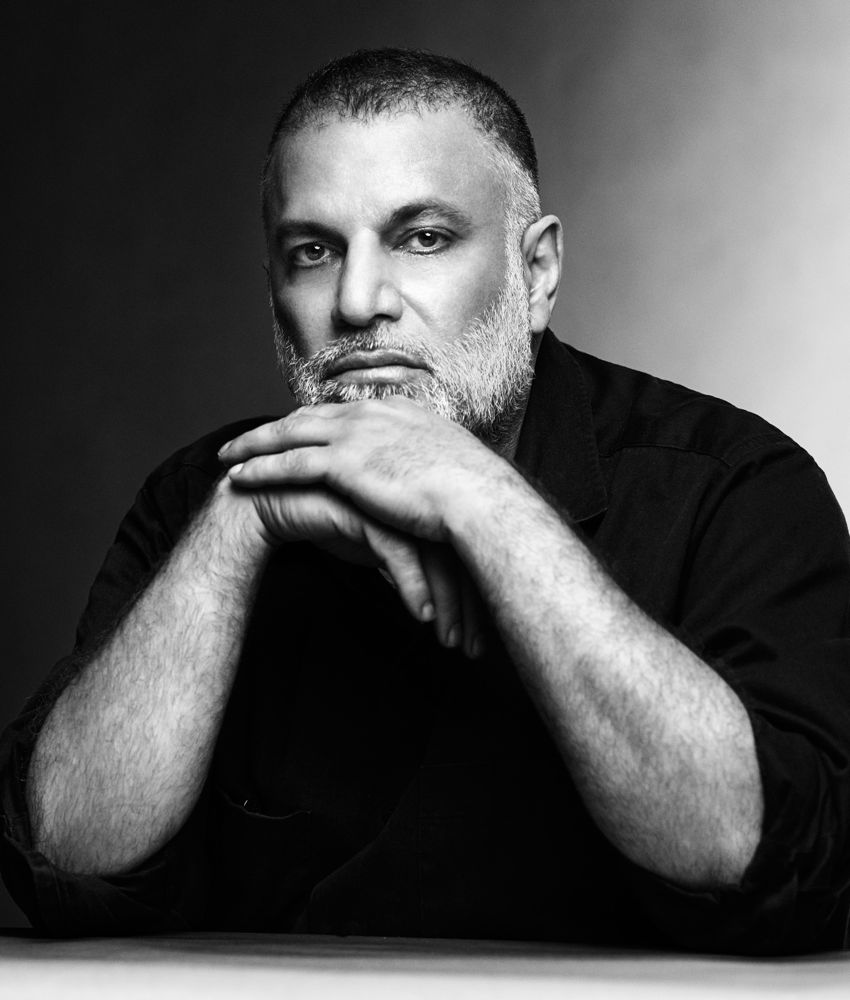
If you don’t have an imagination, you’re pretty fucked. Louie Chaban
DAVID COLMAN: How did you get into the fashion scene?
LOUIE CHABAN: In the late ’70s, I worked the door at the Mudd Club. I knew a lot of people from clubs before that, but that was where I really met a lot of creative people—Steven Meisel, Anna Sui, Paul Cavaco. We became really good friends.
COLMAN: It was Steven who suggested you work for a modeling agency?
CHABAN: I certainly credit it to him. In the mid-’90s, I was working for Anna Sui and Steven asked me if I was interested in being an agent. I had never thought about it, and I wasn’t thrilled at first, but then I thought why not? Ford was right up a block from Anna Sui, and Steven was friendly with Katie Ford. So we met and she took me on. I didn’t know anything about being an agent, but I sort of naturally snapped into it. After being there for like a few months, Katie gave me some girls to represent, all new faces—Karen Elson, Maggie Rizer, Erin O’Connor, all these girls who were quite quirky. It reminded me of the ’60s and ’70s, when there was that whole British movement. That’s my favorite time in fashion, and I had this fantasy of recreating that moment.
COLMAN: This is the mid-1990s?
CHABAN: Yeah, it was after all the supermodels. They were still around, but there were new girls really happening, like Jade Parfitt, Guinevere van Seenus … and Kristen McMenamy had come along just before that.
COLMAN: Kristen McMenamy was transitional. She could work the supermodel thing, but she was also quirky. I mean, no real supermodel is going to shave her eyebrows.
CHABAN: Karen Elson’s first big shoot was Italian Vogue, where Steven shaved her eyebrows. Pat McGrath did that amazing makeup.
COLMAN: Would you say you discovered Karen Elson? Is that a naive question?
CHABAN: Discovering takes a group of people. It was me sending Karen to Steven, because I thought he would like her. He did, and that launched her career.
COLMAN: How long were you at Ford?
CHABAN: I was at Ford for a little over a year. Then I went to Elite. They had lost their top agent there, and he booked all the supermodels. A lot of those girls followed him. They brought me in to replace him, and I was able to keep a few, one being Amber Valletta. It was a critical time for Elite. Kirsty Hume had left, and Trish Goff, Stella Tennant, Michele Hicks …
COLMAN: Did your girls come with you to Elite?
CHABAN: I brought Karen, Maggie Rizer, Jade Parfitt, and Adriana Lima.
COLMAN: How long were you at Elite?
CHABAN: About four years. That’s where I would say I got a name. I got a reputation for being a hard ass and very protective of my clients. I wasn’t as easy back then. I really believed in management, so I was pretty strict as far as what I allowed those girls to do.
COLMAN: And then you went to DNA.
CHABAN: That was probably my most creative time. That’s where I started to do my best work and where I became the most confident as far as being an agent. Between me and Steven, I made a lot of girls during that time.
COLMAN: Who were some of them?
CHABAN: There were girls like Maryna Linchuk. Agyness Deyn happened there.
COLMAN: She sure did. How did she come to you?
CHABAN: Agyness came off the street, actually. She was in New York, and she was with an agency in London that was opposed to her having any New York representation. But Agyness was a really smart girl so she found us all on her own. She came up to DNA one day, and I remember someone there said, “There’s this girl who asked to see you but I’m not sure.” I came out and saw her and thought, This is a star. She came as Agyness—cropped, bleach-blond hair, completely funked out. She was a complete original. I saw it immediately.
COLMAN: Did she take off quickly?
CHABAN: Like wildfire. Steven shot her for an Italian Vogue story, shot her for the cover, and the rest was history. I’ve never seen a career launch so fast. Well, Karen launched that fast.
COLMAN: How long were you at DNA?
CHABAN: Four or five years. Then I went to Women. That was the first time I had ever directed an agency. I worked on bringing the agency’s image back to where it was—it was originally a very good agency when it was on Greene Street.
COLMAN: How do you define the success of a modeling agency other than by the girls?
CHABAN: Basically, it was a complete turnover. Before I started, a lot of people were either fired or left. I had to bring in new, young people and teach them more or less the way I work.
COLMAN: You were at Women for five years and then you went back to Elite, right? How does the sequence go again?
CHABAN: Ford, Elite, DNA, Women, back to Elite.
COLMAN: Got it. So what’s it like to be back?
CHABAN: I’m much more mature, a lot less rebellious now. I was actually brought back to restructure a company that really needed it, so the challenge is interesting to me. I’m doing what I did at Women, except with even more freedom. My whole thing is that if you work on an agency’s image, the rest will come. Image and style, that’s what attracts people. Then comes the money and everything else.
For more model agents, click here.

